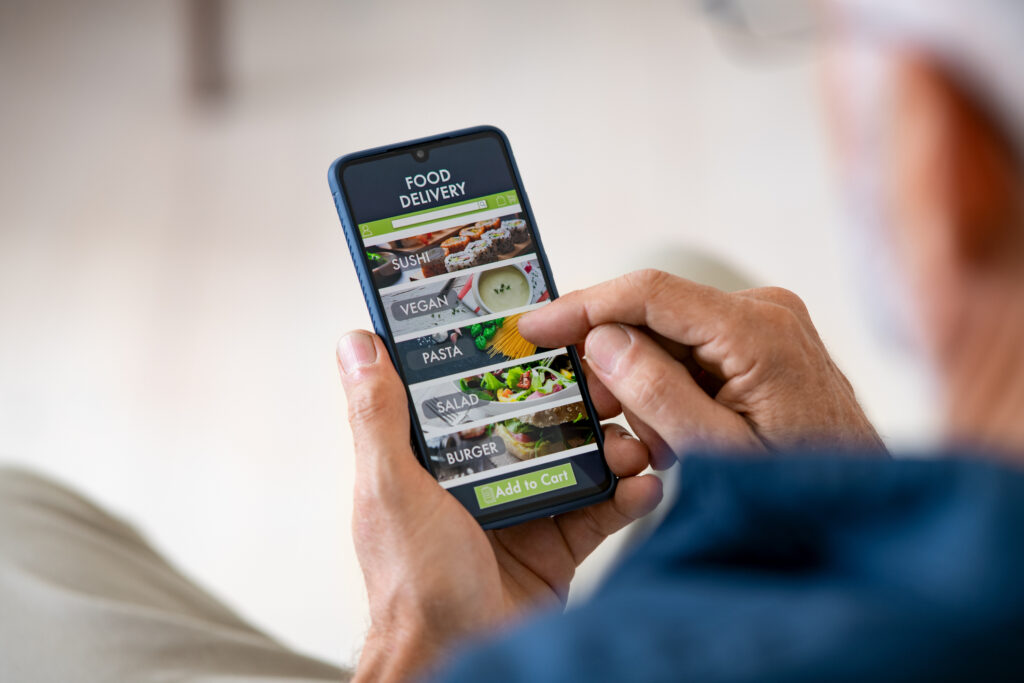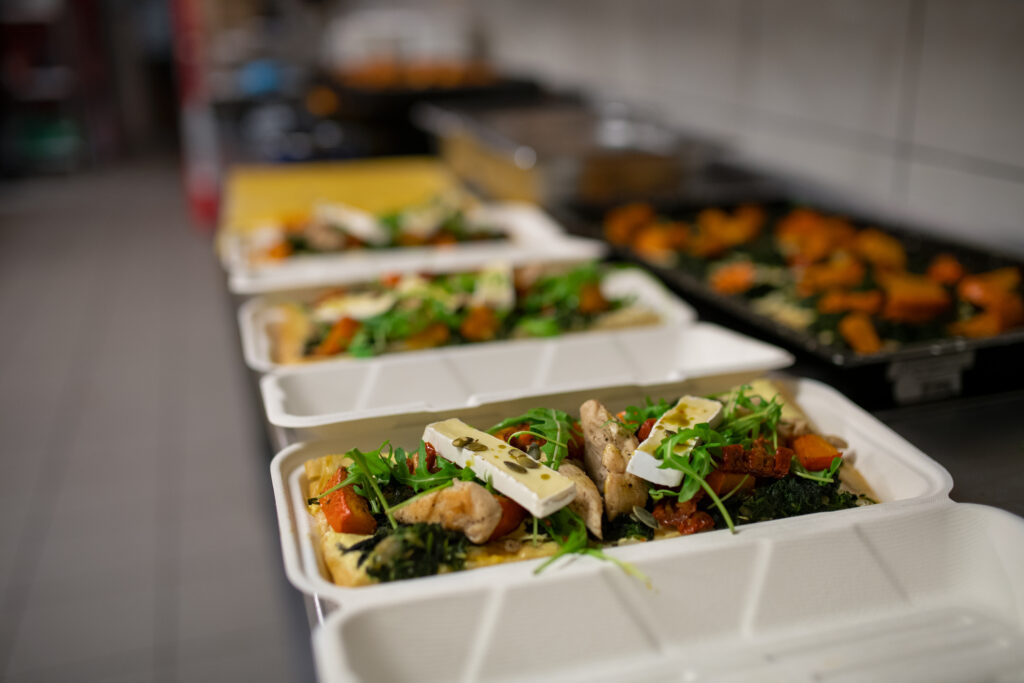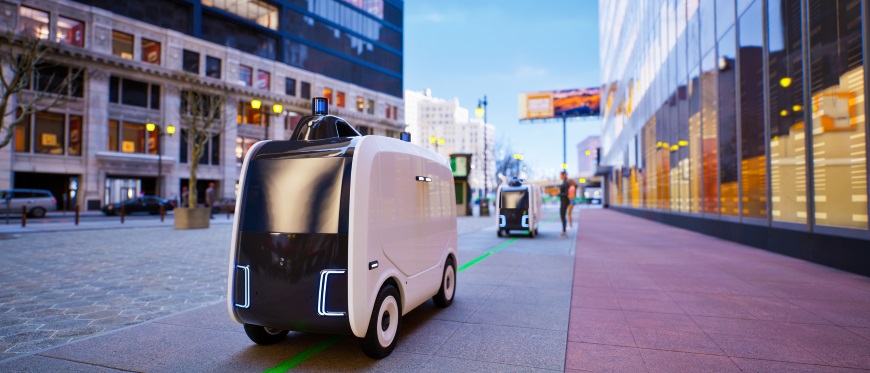Technology – particularly connectivity hardware – is ubiquitous today. The restaurant industry is a great example of a sector that is leaning into the many possibilities of technology, using it to transform the customer experience at just about every touchpoint. From touchscreens at the point of sale to self-order kiosks and contactless payment systems, digitization is now embedded into many aspects of the modern dining experience.
With that in mind, here are five ways that technology is impacting the United States restaurant industry.
1. Third party ordering apps are here to stay

The COVID-19 pandemic propelled the use of third-party order-and-deliver apps. The world is slowly recovering from the pandemic, but it seems that digital ordering is here to stay. Having a presence on multiple online ordering apps is now a given for most fast food, casual and quick service restaurants.
Foodservice delivery has truly transformed over the last two years, with customer categories such as those with differing mobility and sensory needs, people with young children and the time-pressed particularly enthused by the increase in home-dining options.
Although it isn’t easy to accommodate both dine-in and delivery, quick service and casual restaurants that don’t have a delivery strategy are likely to fall by the wayside. Splitting the back of house operation into a delivery and in-house or front of house offer is the most popular way to adhere to customer demand. Even indoor dining restaurants will likely remain more digital, with some opting to keep online menus and touchscreen table-ordering options, where meals are delivered to the table by runners.
2. Delivery robots are becoming more mainstream
Just a few years ago, the idea of having a robot delivery driver would have seemed like something out of a science fiction movie. But according to Uber, the future is now. Uber Eats1 has long claimed that automation will be key to its future profitability. Taking a big step to embrace new technology, the service provider is the latest company to test out delivering food to customer’s homes via robot.
The test programs, which are taking place in greater Los Angeles, include four-wheeled bots that roll across the sidewalk for short trips. Self-driving cars are also being tested for longer distance orders. Customers are given the option to have their meal delivered by a robot that resembles a cooler on wheels rather than a traditional human delivery, then retrieves their order from the robot outside their property.
3. TikTok influences consumers to seek variety more than ever
When it comes to restaurant food choices, consumers are seeking more variety and new types of cuisine than ever before. The rise of social media has encouraged us to become more connected to all corners of the world, so it only makes sense that curiosity for unusual ingredients, niche menus and global cuisine is rising.
TikTok, for example, has been a huge influence, exposing people to new food ideas and spreading diversity. As well as looking to other countries for dining inspiration, health-conscious customers are seeking healthier and more nutritionally dense meals.
4. Expect to see more ghost kitchens

Today, thanks to the advancement of technology, we are seeing more and more ghost kitchen propositions in the restaurant industry. A ghost kitchen – sometimes known as a cloud kitchen or a dark kitchen – is a professional food prep-and-cook facility set up to provide delivery and take-away orders exclusively. These types of set-ups have enabled passionate chefs to start up restaurant businesses on a budget.
Ghost kitchens include all the equipment needed to prepare meals on the menu, but with no waiters, customer-facing area or eat-in section. These types of food service providers have grown exponentially since the pandemic when online ordering skyrocketed.
If you operate a ghost kitchen or are interested in starting one of these popular off-premise dining propositions, Tork offer a step-by-step guide to off premise hygiene. Whatever type of kitchen you operate, Tork Odor-Control Hand Washing Liquid is perfect for use in restaurant environments. It removes greasy residue and food odors from hands in a way that is gentle on the skin.
5. Subscription services are on the rise
When the pandemic prohibited sit-down dining, some coffee-houses and eateries turned to subscription services as an easy way to encourage regular, returning support from customers. Panera, Sweetgreen, On the Border, BJ’s Brewhouse, Caribou Coffee and Coolgreens are just a few examples of businesses enjoying success in the post-pandemic subscription game. A poll found that the idea of subscriptions has longevity, as a majority of picky New Yorker City2 residents would consider forking out for a restaurant subscription to support their favourite eateries. Taco Bell have announced the expansion of its highly anticipated subscription model, the ‘Taco Lover’s Pass’, which allows subscribers to redeem one taco a day for 30 consecutive days.
Sources
1 Auto Week: Uber Eats Nuro Delivery Robots
2 Restaurant Business Online: Subscription study
